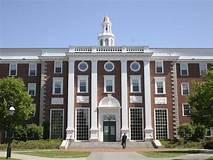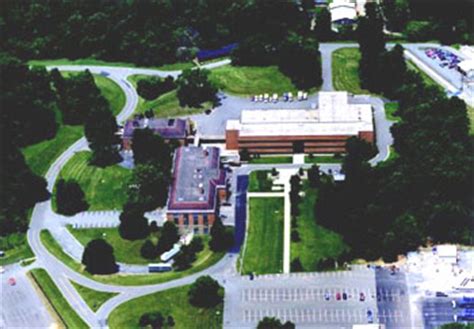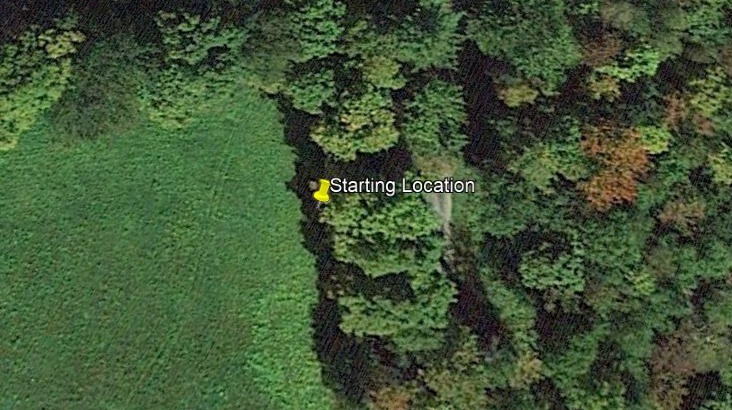There are many potential investments, from stocks to art, from race horses to land, from collectible glass to crypto. How should we think about these options? And where does crypto fit? We want to make a profit, but what other objectives can we serve as we do so? After all, if your only objective is profit you run the risk of living a narrow, bleak life. Most of us want more.
The stock market is what most think of when asked to name an investment, and it’s where most who want an investment have placed their money. It’s liquid – that is, you can easily sell if you want to. It’s somewhat safe, as stock values rarely go to zero. It should direct investment to the best (for the society) opportunities – you may have read my Why Market Efficiency Is Important; if so, you learned that the stock market isn’t directing properly at present.
If you enjoy art, that can be a good place to invest. You may make money and you can enjoy the art while you own it. Unfortunately, only pieces too expensive for most seem to offer opportunities for profit. However, if you buy art by living artists you are helping to spread art in our society – which is a good thing.
Race horses are beautiful and can bring pleasure to many by racing – or just moving. I expect that some people make a profit owning them, but I also expect that it takes unusual knowledge to do so. I once knew someone whose father made his living betting on horses. He worked six months of the year, at two tracks. He was at the track by 5am every day to watch them work out. He returned in the afternoon to bet. He owned two houses without mortgages (one near each track), educated his children through college, and provided for his retirement. But he may have been unique, he certainly was for me.
Land is an attractive investment if you don’t need immediate returns as “They aren’t making any more.” Rental property is related and works for many. I tried it and lost money, learning that I’m not hard-nosed enough and don’t enjoy the process. In contrast, I once read of a New York City family that owned a great deal of rental property. The interesting part for me is that about once a generation they either bought everything they could or sold everything they had; “all in” or “all out”. They grew up with two things: (1) Enough funds to make these extreme moves; and, (2) Learning when and how to do so. I expect this ability is as rare as successfully betting on race horses.
Carnival glass is a collectible glass and it’s history may be a story I was told decades ago: There once was a woman living on a large farm in the Midwest USA (Indiana?) in the 1950s, let’s call her Joan. She had a large, empty barn and liked carnival glass. At that time it was being given to purchasers of laundry soap and other commonly-purchased things. It had little-or-no value, you could buy it for pennies. Joan bought all she could and filled the barn, it took years. She had many thousands of pieces. What could she do with it? Joan did something different: she wrote a price guide, a paperback book that said how much each of her many thousands of pieces of glass was worth. The rarer colors (red) and pieces (large bowls and platters) were worth much more. She sold the book, and sold a new edition every year or two. And she slowly sold her glass. I don’t know how much money she made, but she made a lot. And she enjoyed every second!
We finally come to Crypto (I know you’re reading this post for that), cryptocurrencies to be precise. How does it fit as an investment? First we can list the obvious that it’s not: It can’t direct resources to companies that do good things for society, so it’s not like the stock market. It’s not pretty, you can’t enjoy looking at or holding it like art. It doesn’t bring pleasure to others like race horses. “They are making lots more,” so it’s not unique; indeed, I was surprised to learn that there are more than 25,000 different cryptocurrencies. Actually, it’s most like carnival glass – with every person who started a cryptocurrency in the role of Joan.
So what is it? Wikipedia’s definition is: “A cryptocurrency (colloquially crypto) is a digital currency designed to work through a computer network that is not reliant on any central authority, such as a government or bank, to uphold or maintain it.” Each unit of crypto is called a “coin”, although it doesn’t exist as a physical thing. And, as a currency is first a medium of exchange, we’re not surprised at the list of what it’s not in the proceeding paragraph.
But why does the world have 25,000 crypto currencies (versus 180 country currencies)? Why would so many people start one? Simple, because you can make far more than Joan by creating a new crypto. People want crypto coins because of two things: (1) It’s a currency, you can buy stuff with it; and, (2) They are limited in number. Not just limited, but progressively more limited from the first coin to the last coin. (Limiting numbers to create value is a long-proven strategy, consider the diamond market.)
How did they become so valuable? Rarity and demand – and a lot of advertising and public relations, most calling them an investment. Have you seen ads in the grocery store? I have. They will stay rare; there’s no chance of finding another barn full of carnival glass down the road. Since they are going to be rare and the person who starts the crypto can most easily get coins, they will keep the first (million, 10 million, or ? million) coins. Next they will encourage others to use the coins. The more well known and popular they are then the more they can sell for (and the richer is the person who started it).
Aren’t cryptocurrencies an investment? They are called that everywhere on the Internet. So they must be. Right? No. Cryptos are unlike anything we discussed above. They are only about money. No surprise there; remember, they are a currency. They are a money. Money goes up and down in value in comparison to other moneys – in small parts of a percent. So how can a single crypto coin be worth $100,000? Ever heard of the tulip bubble? When a single tulip was as valuable as a house they too were considered an investment. After all, the world can never get enough tulips.
It’s really a circular argument: Crypto is wanted because it goes up in value; crypto goes up in value because it is wanted. Did you ever read the phrase “famous because they’re famous” about people in the news? I think crypto is just like that, only it’s the economic equivalent. And people spend billions of dollars for it. And we laugh at the tulip bubble.






